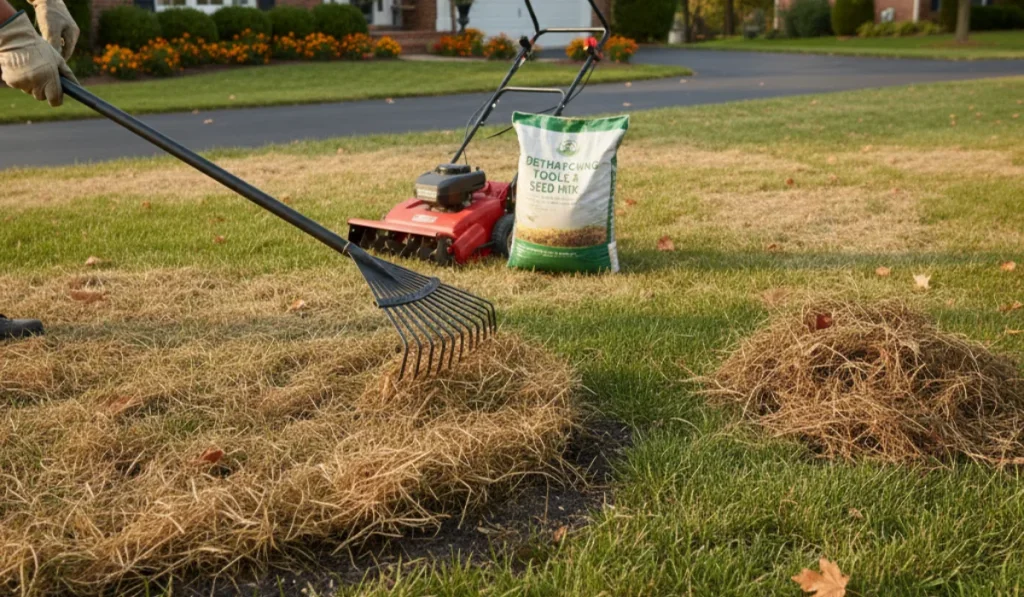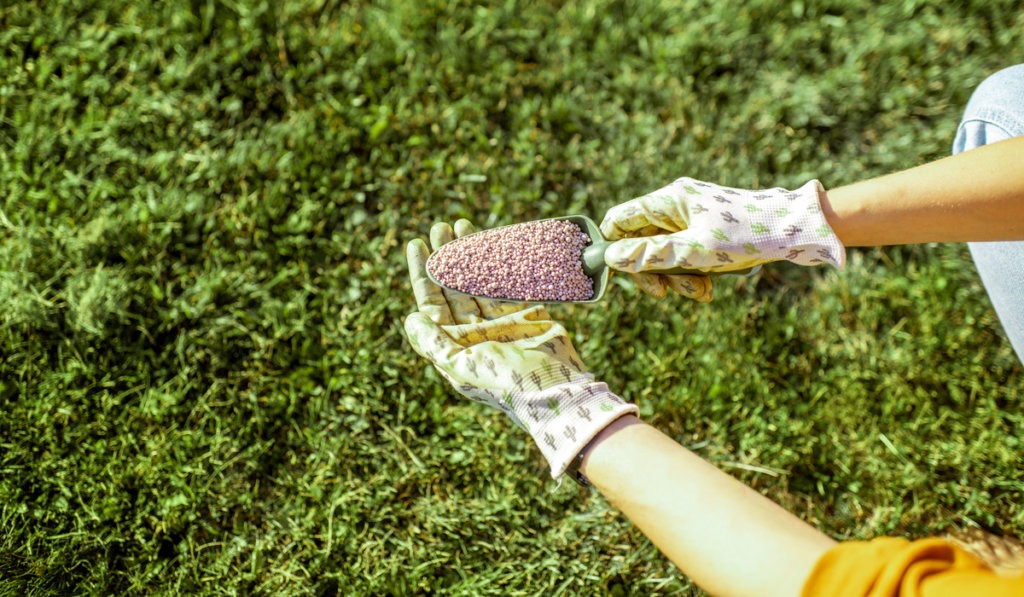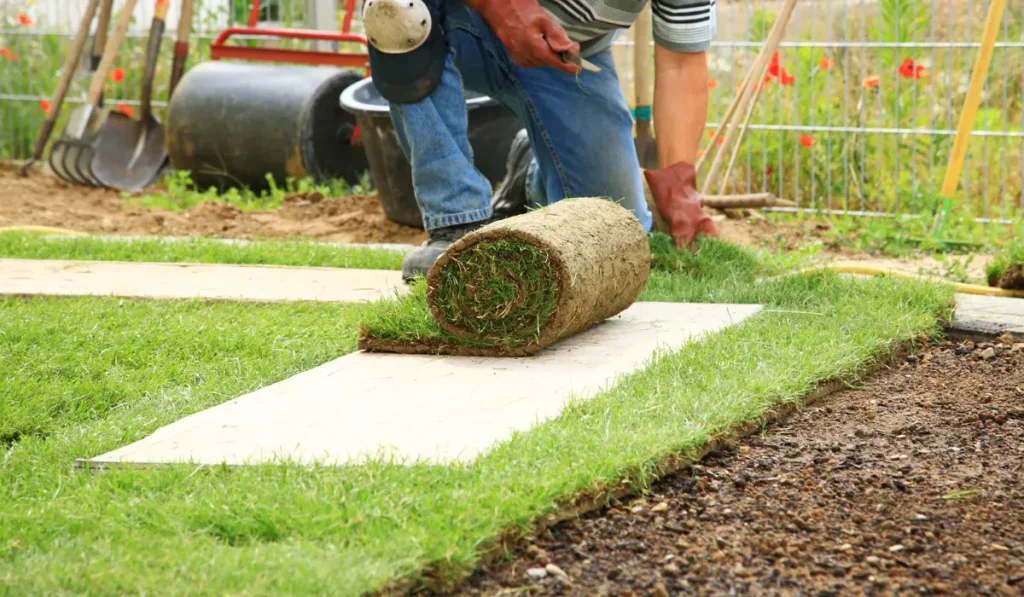If you’re dealing with a thin lawn, dead grass, or just want to improve your yard’s appearance after winter, overseeding lawns in spring is a great solution.
Whether you’re planning a DIY project or getting professional help, the right steps can make all the difference in how well your new grass seedlings sprout and grow.
Here’s how to overseed your lawn in spring for the best results.
Key Takeaways
- Soil temperatures must reach at least 50–60°F in spring for cool-season grass seed to grow well.
- Aeration, dethatching, and top dressing help seeds reach the soil and create the best growing conditions.
- Right grass seed, spreader choice, and starter fertilizer make overseeding easier and improve grass growth and coverage.
- Light watering, careful mowing, and regular lawn care help new grass grow strong and blend with existing grass.
Track Soil Temperatures
Timing is key when it comes to spring seeding.
For cool-season grass types, soil temperatures need to hit at least 50–60°F for grass seed to grow. Overseeding in early spring when soil temps are still low can lead to poor germination and bare patches.
Most homeowners in California can aim for early to mid-spring, depending on local weather patterns. If you miss this window, your next best shot is late summer, which is also great for reseeding.
Prepare the Soil with Aeration and Dethatching
Before you overseed your lawn, it’s crucial to prep the soil surface. Aeration with a core aerator breaks up compaction and improves soil contact for grass seedlings. Dethatching removes the thick layer of thatch that can block water and nutrients.
Together, these steps create the best conditions for overseeding and help your new lawn get off to a strong start.
Choose the Right Type of Grass Seed for Your Yard
Not every type of grass performs the same, so pick one that suits your area and goals:
- Tall Fescue: A go-to because it handles heat, drought, and foot traffic well.
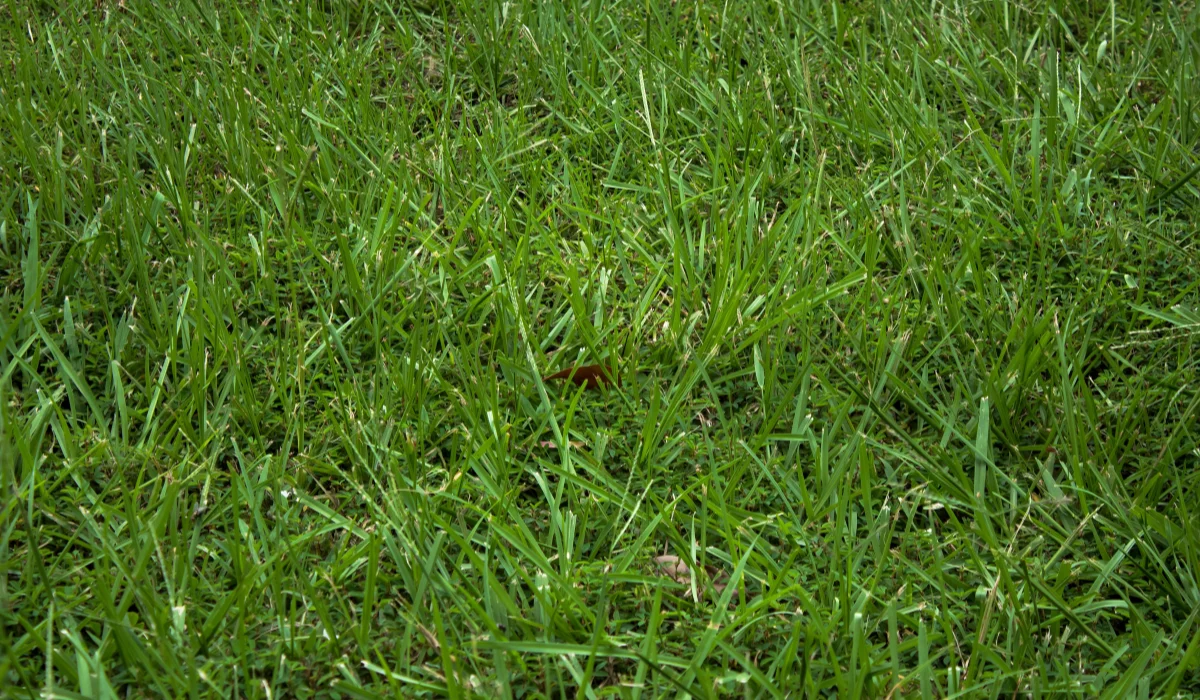
- Kentucky Bluegrass: Has a finer look and spreads well, but it needs more water.
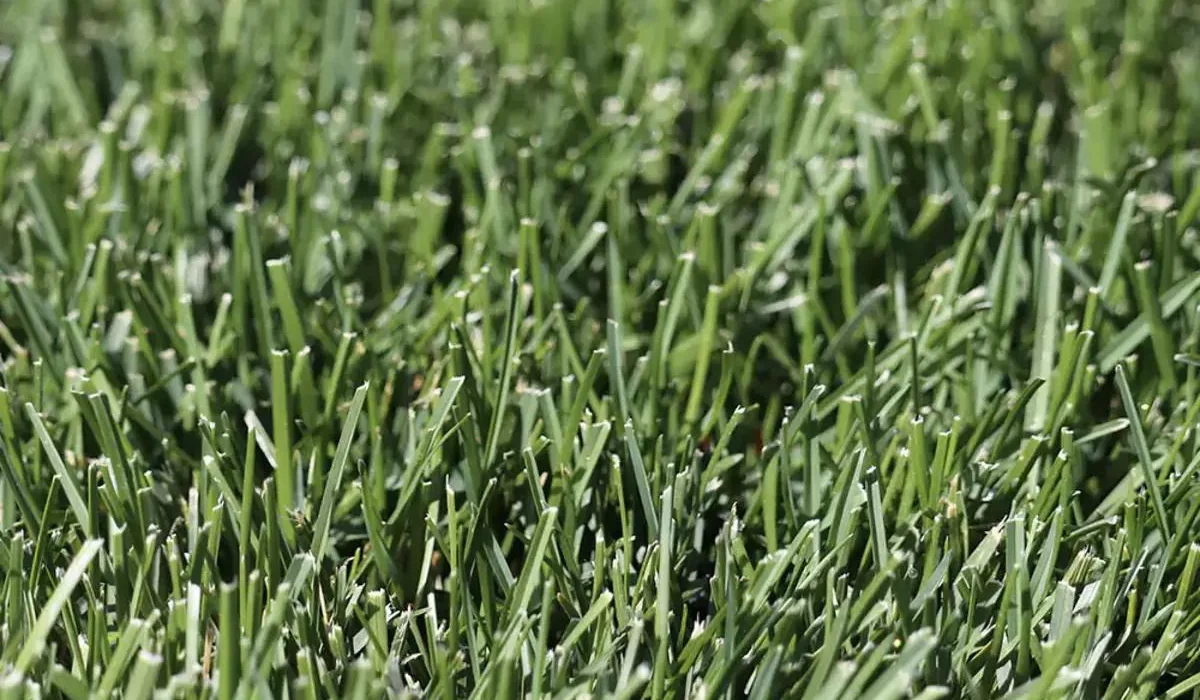
- Ryegrass: Germinates quickly, so it can cover bare spots or thin areas fast.
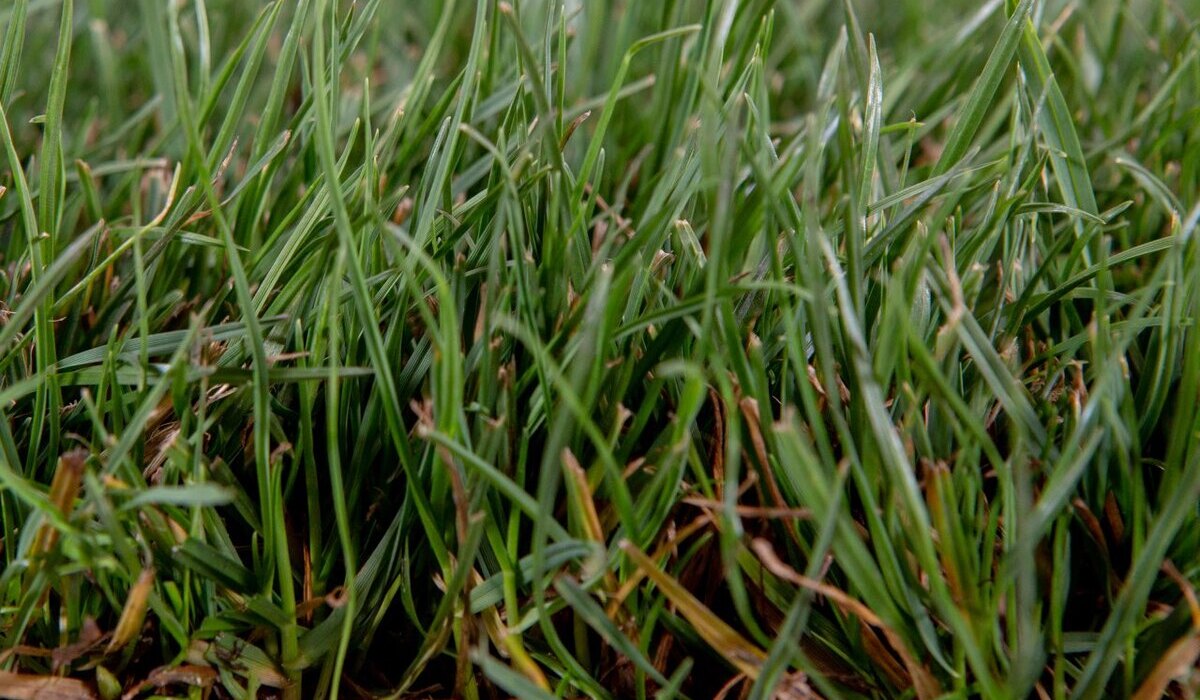
Using quality grass seed tailored to your existing cool-season lawn and soil type can help you achieve the best lawn in the neighborhood.
Use the Right Spreader for Even Coverage
Choosing the right spreader can save you time and help your overseeding job turn out better. Here’s how each type works for different parts of your yard:
- Broadcast Spreader: Works well for large areas.
- Drop Spreader: Gives you more precision near landscaping beds or sidewalks.
Calibrate your spreader based on the seed bag’s recommendations to avoid wasting seed. Even coverage also helps reduce competition from weeds like crabgrass.
Add Starter Fertilizer for Strong Root Growth
Grass seed needs more than just soil — it needs nutrients.
Applying a starter fertilizer right after overseeding delivers essential nutrients, especially phosphorus, to help grass seedlings develop deep roots.
Just steer clear of any fertilizer that contains pre-emergent herbicide since it can stop your new grass seed from sprouting.
Weed control can wait until your new grass is fully established.
Keep Soil Moist for Seed Germination
New grass seeds must stay moist to sprout properly.
Light watering two to three times daily helps maintain consistent moisture near the soil surface without overwatering. A sprinkler system or hose with a sprinkler attachment can make this easier to manage.
Once your grass seedlings are about an inch tall, you can water less frequently but more deeply to promote strong roots.
Mow Carefully Once New Grass Is Established
Once your new seedlings reach about 3 inches tall, it’s time to mow — but do it carefully.
- Use a lawn mower with sharp blades to avoid damaging tender grass.
- Remove no more than one-third of the blade length during each mow.
- Leave clippings to add nutrients back to the soil, but if they start smothering new grass, it’s better to bag them.
With regular mowing, you help your new grass blend with the existing lawn and encourage it to thicken up.
Support Growth with Top Dressing and Lawn Care
Top dressing with a thin layer of topsoil after seeding can improve soil contact and protect seeds from drying out or being washed away. This step is especially helpful in bare spots or uneven areas.
To grow a healthy, green lawn, continue your regular spring lawn care routine, including proper watering, mowing, and fertilization, to support your turfgrass year-round.
Frequently Asked Questions
How long does it take for new grass seed to fully fill in after overseeding?
Grass seed usually sprouts in 7–21 days, but full coverage takes 6–8 weeks with proper care. Weather, soil, and seed type affect speed. Regular mowing, watering, and fertilizing help your lawn thicken faster and stay healthy during this early stage.
Can I walk on my lawn after overseeding?
Avoid walking on newly seeded areas for 3–4 weeks to protect seedlings. Foot traffic can damage tender shoots and compact soil. If you must walk on it, use boards or stepping stones to reduce pressure and prevent disrupting new grass growth.
What should I do if heavy rain washes away my grass seed?
Let the area dry out, then rake lightly and reseed bare spots. Cover reseeded areas with straw or mulch to hold the seed in place. Water gently afterward to avoid further washout and help seeds settle without causing soil erosion again.

